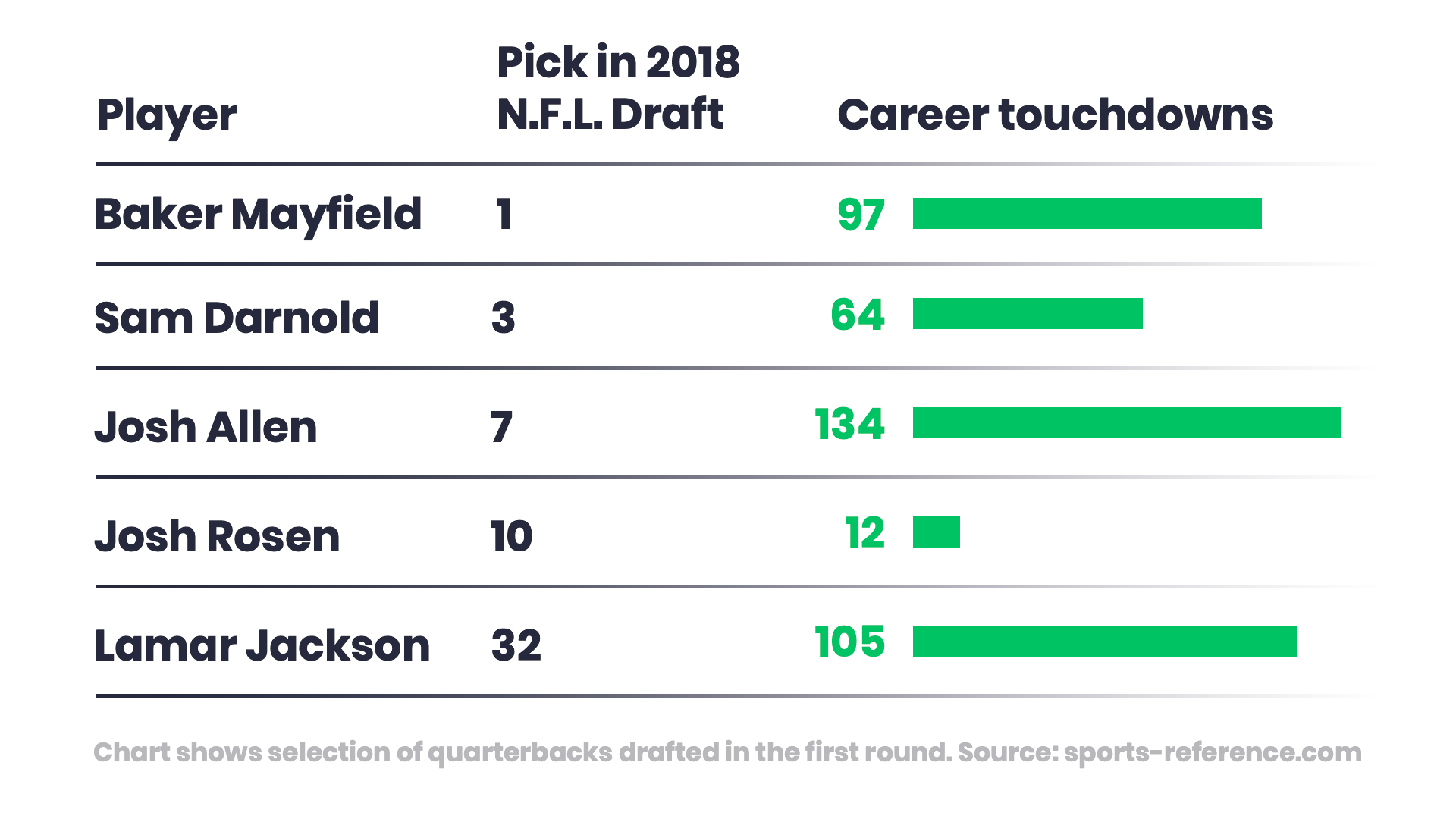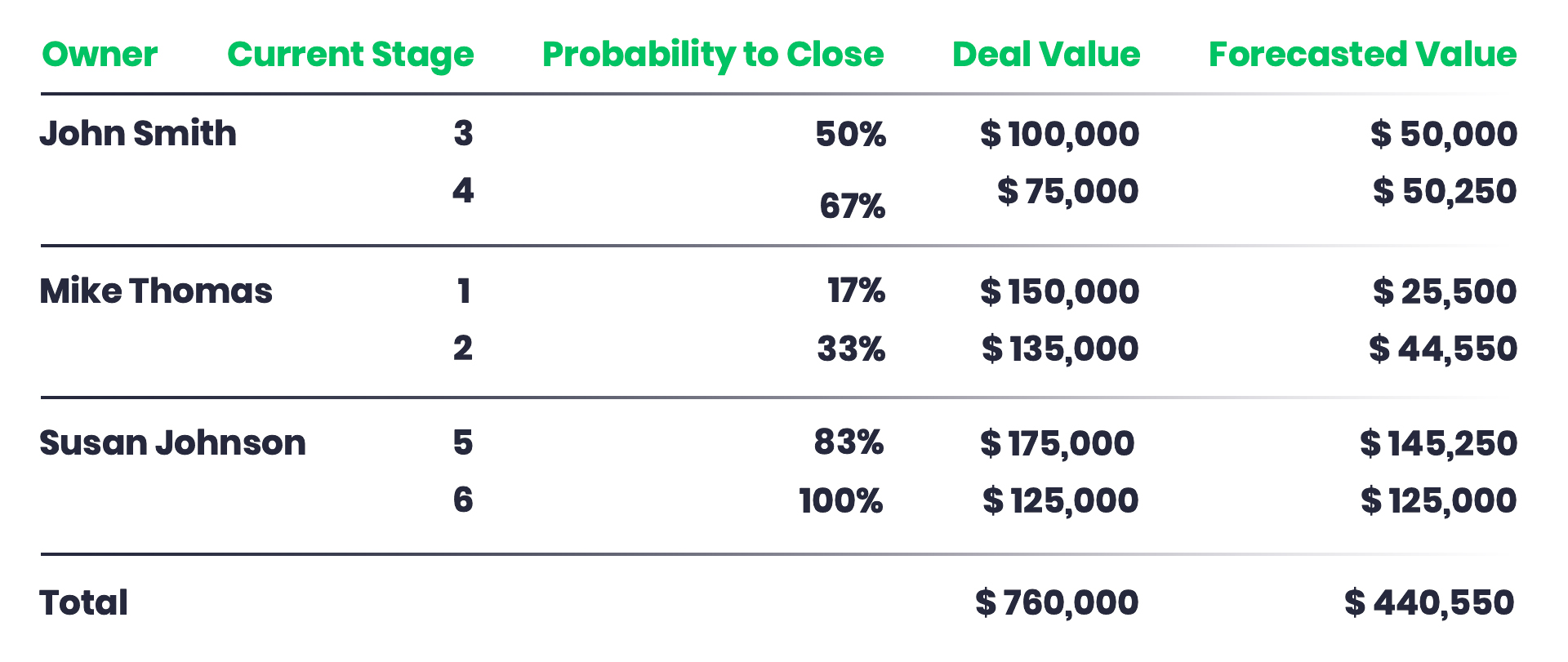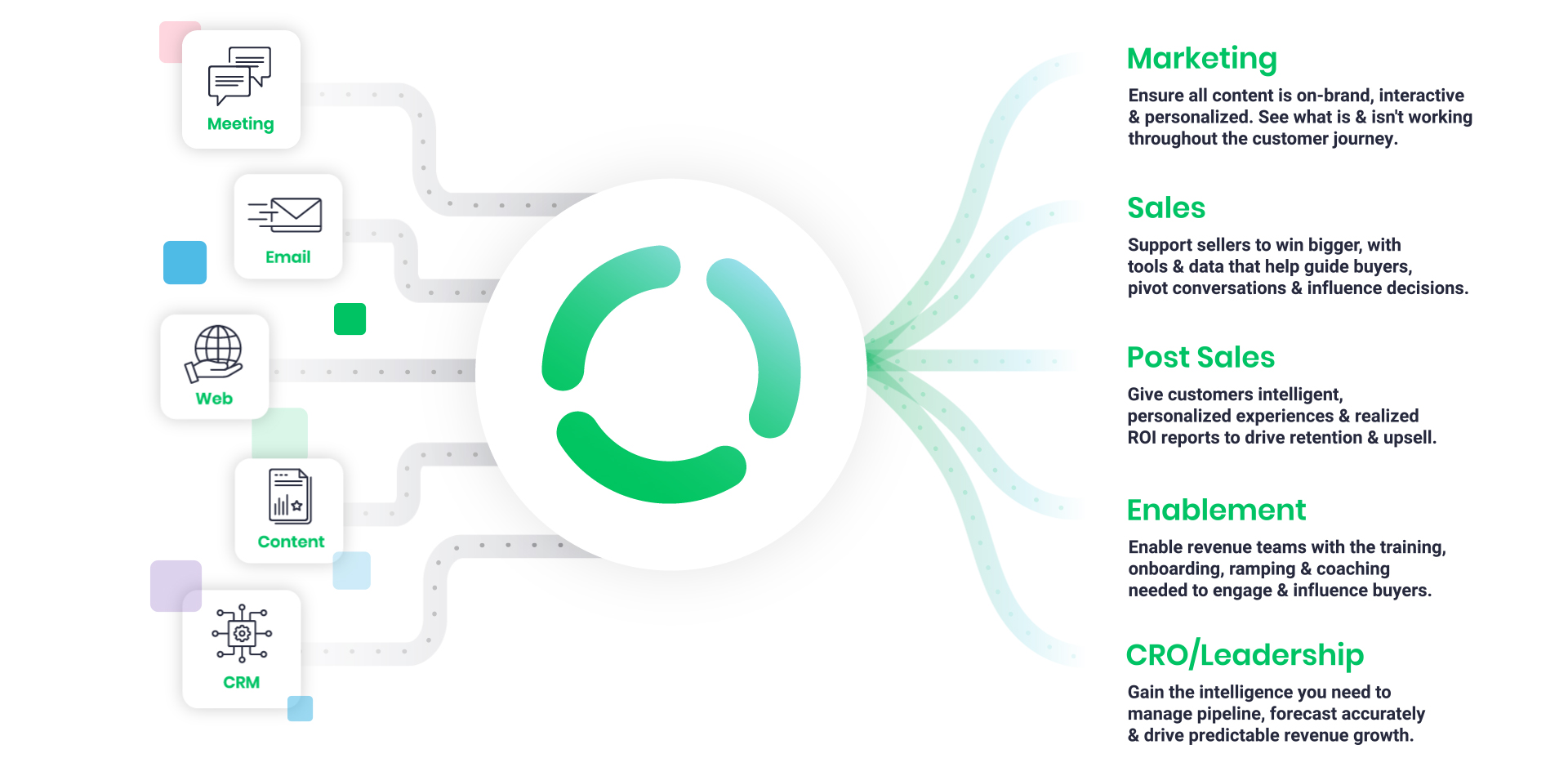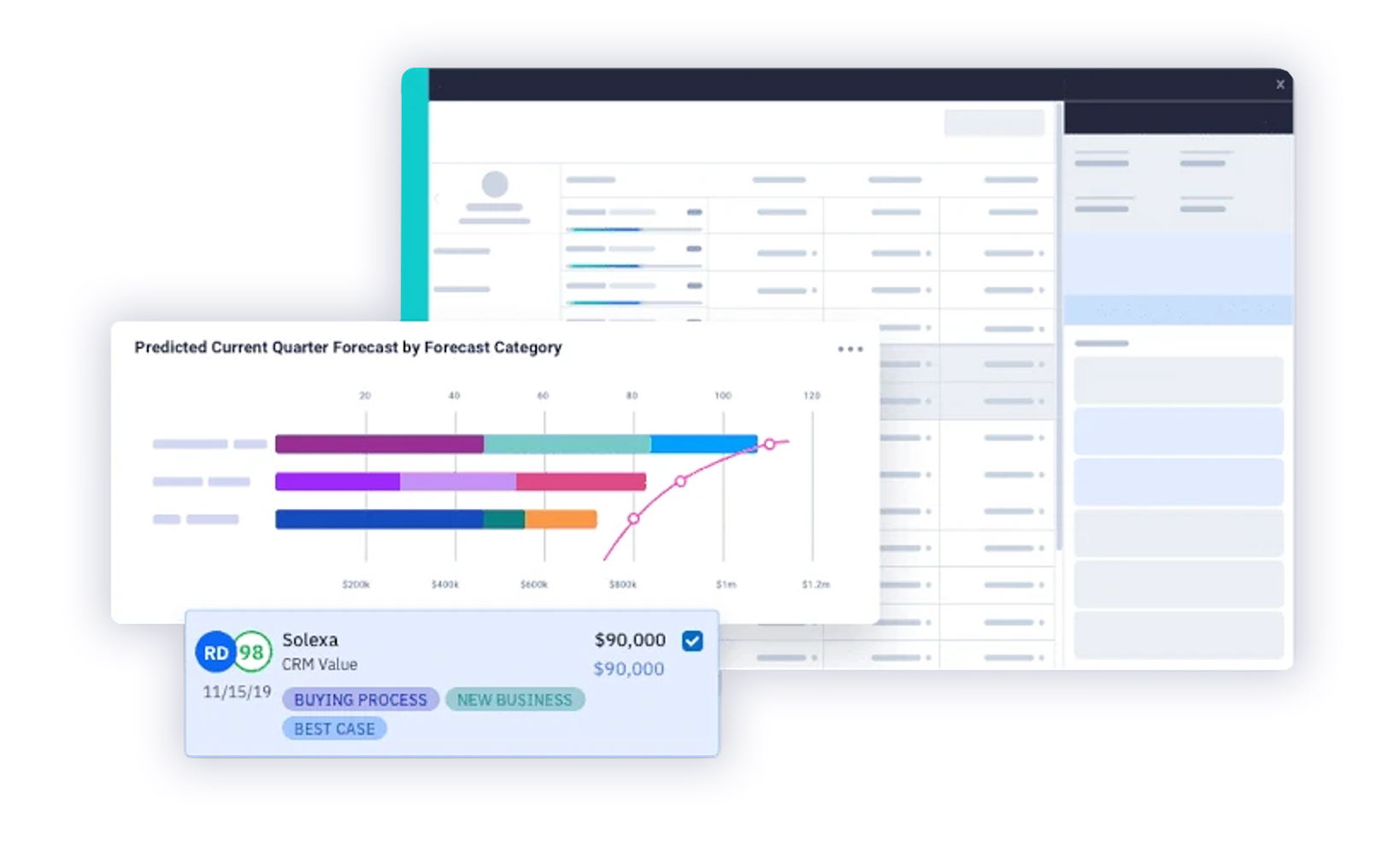Last week, football fans excitedly tuned in to the 2022 NFL draft, or what The New York Times cynically dubbed “an annual demonstration of human overconfidence.”
The New York Times article titled The Power of Humility makes a good point. While the Jaguars selected Travon Walker as the first overall pick in the 2022 NFL Draft, neither the team nor Walker are guaranteed success.

In reality, there is little relationship between player performance and draft order. Take the example above. If we held the 2018 draft again today, Josh Allen of the Buffalo Bills would likely go first – not Baker Mayfield.
The NYT argues that predicting player performance is incredibly hard, even with the abundance of historical data teams use to make draft picks (e.g., medical history, passing record, etc.).
And they’re right. What happens if the player gets injured mid-season? What if the player-teammate or player-coach dynamics don’t work? Historical data doesn’t help you predict those outcomes.
The same is true for predicting what deals will or will not close in your sales pipeline. When you forecast based only on historical data, you’re attempting to predict the future without all the facts and setting yourself up to fail.
Limitations of a Weighted Pipeline Method
The Weighted Sales Pipeline is a popular forecasting method where sales stages are assigned a certain probability to close based on historical data. A stage three opportunity in a six-stage sales process may receive a 50% probability, stage four a 67% probability, etc.
Revenue leaders multiply the value of each opportunity by the assigned percentage to get a forecasted value. Then, they add those values together to get a weighted forecast.

While many revenue leaders rely on a weighted pipeline method to create sales forecasts, it is unreliable.
This method doesn’t consider large deals that impact the weighted sales pipeline, sandbagging reps, sales process shortcuts taken in later sales stages, or incorrect or incomplete CRM data. That’s why it too often turns up inaccurate sales forecasts.
Tips to Accurately Forecast Sales Pipeline
When forecasting sales pipeline, revenue leaders need to take a different approach incorporating real-time data. Here are some tips to get started.
Deploy a Data-Driven Revenue Enablement platform

Combining the power of sales enablement and revenue intelligence, a revenue enablement platform:
- Automates activity and engagement capture – Autonomously capture meeting, email, and calendar data in one place. Record and transcribe sales conversations to understand relevant topics, talk time, etc. Incorporate all activity and engagement data in machine learning models, predictions, forecasts, and analytics.
- Drives predictable sales outcomes – Improve sales forecast accuracy with opportunity level scores based on real-time engagement and activity tracking. Roll up team forecasts in minutes – not hours or days. Forecast anything from pipeline to segments to in-period, etc.
- Improves sales manager visibility – Leverage personalized, execution-focused dashboards for each territory. Filter by any metrics or field to understand upside and risk in real-time. Derive immediate value using out-of-the-box reports.
Capture the Right Data
Think of activity and engagement data as signals from your buyer. Everything your buyer does throughout their journey sends a message about their intent, motivation, interest, and urgency. The more signals you capture, the better you can understand your buyer and what you need to do to successfully lead them down the path to purchase.
When you ignore real-time data or capture data in silos, you inhibit your revenue team from understanding your buyers and the health of your opportunities. That makes it incredibly difficult to forecast the sales pipeline accurately and engage buyers with information that will help them make a purchase decision.
To be successful, you need to capture the following activity and engagement data, ideally in one place:
- Email Activity
- Conversations
- Contacts
- Content Engagement
- Value Engagement
- Buyer Intent
When you have a 360-degree view of every opportunity, you can more accurately pinpoint deals most likely to close and create a more dynamic sales playbook with real-time, prescriptive recommendations for how to accelerate deals over the finish line.
Ground All Sales Forecast Discussions on Data
For many organizations, forecasting is a dreaded task filled with contention. When you offload forecasting onto an objective third-party (revenue enablement software), you remove the emotion. Leave the interrogation to the system and engage in a data-based conversation free of confrontation.

With this system in place, you can even opt to empower your RevOps team to run the forecasting process. When you take forecasting the sales pipeline out of the hands of managers, VPs, and C-Level executives, they can spend more time in-front of customers and coaching sales reps on high-potential opportunities.
Touchdown
Forecasting your sales pipeline can be frustrating when you know your method doesn’t deliver results. But you’re not alone. (Tom Brady, the most successful player in NFL history, was the 199th pick in the 2000 NFL Draft, wasn’t he?!).
Revenue enablement technology empowers your revenue teams to stop relying on historical data and instead leverage real-time data to forecast and execute on predictable sales outcomes.Is your current forecasting method missing the mark? You’re not alone. Check out The State of Sales Forecasting report to learn more.

Comments are closed.